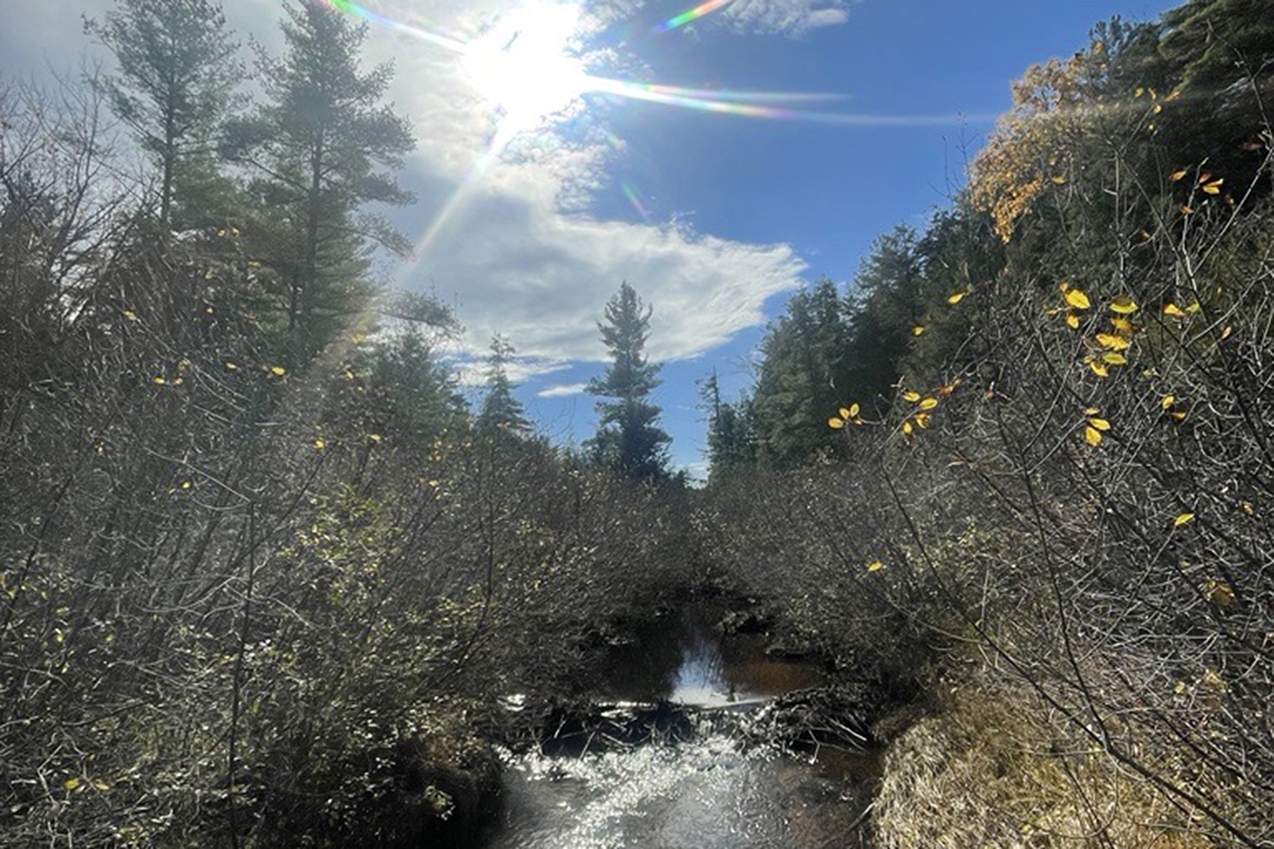Large, connected areas of protected land have many benefits for both people and wildlife. It provides safe pathways for wildlife and helps mitigate the effects of climate change.
Mass Audubon recently added a 14-acre parcel of land to its Whetstone Wood Wildlife Sanctuary. This addition has increased the connection between the sanctuary and Wendell and Orange State Forests.
Why this Land Matters
The land, purchased from the Szostek Family, includes mature forest, wetlands, and a portion of the Whetstone Brook. Whetstone Brook flows into the Millers River, which is home to 26 at-risk species.
The entire property is crucial for wildlife and nature. The state's BioMap tool classifies it as "Core Habitat and Critical Natural Landscape" for habitat protection. MassWildlife and The Nature Conservancy developed BioMap to identify areas throughout the state that are critical for conserving biodiversity.
Growing Mass Audubon’s Largest Wildlife Sanctuary
At over 2,500 acres Whetstone Wood Wildlife Sanctuary is Mass Audubon’s largest sanctuary. The founders and subsequent donors of the sanctuary, Ina and Mason Phelps, envisioned a wildlife refuge with limited human impacts. This means that public access to Whetstone Wood Wildlife Sanctuary is limited.
Mass Audubon would like to thank the Szostek Family for working with us to conserve their property and to ensure that its forests, wetlands, and streams continue to benefit local wildlife and community into the future.
Part of a Larger Land Protection Strategy
When deciding what land to protect, we consider the presence of rare and endangered species, climate resilience attributes, and proximity to existing protected land. These newly protected acres meet these criteria and also bring us one step closer to protecting 30 percent of land by 2030 (30x30), a global initiative that Massachusetts has committed to. Learn more about our strategy and ways we protect land
Stay Connected
Don't miss a beat on all the ways you can get outdoors, celebrate nature, and get involved.



